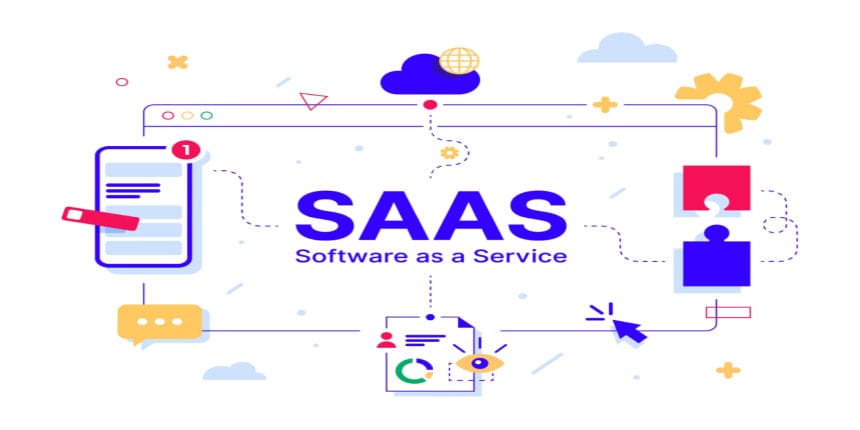SAAS Full Form
What is the full form of SAAS?
The full form of SAAS is Software as a Service. Software as a Service (SAAS) is a cloud computing model that has taken the world of technology by storm. The term is commonly used in the field of information technology and refers to the delivery of software applications over the internet, on a subscription basis. In this article, we will take a closer look at the SAAS full form, its history, applications, advantages, disadvantages, and future outlook.
- What is the full form of SAAS?
- Introduction of SAAS
- Applications and Uses of SAAS
- Advantages and Benefits of SAAS
- Disadvantages and Limitations of SAAS
- Conclusion

Introduction of SAAS
SAAS is a software delivery model in which software applications are hosted by a third-party service provider and made available to customers over the internet. This model eliminates the need for customers to install, maintain, and upgrade software applications on their own systems. Instead, customers can access the software applications through a web browser, on a subscription basis. The software provider takes care of all the technicalities and provides the necessary updates and upgrades to ensure that the software remains up-to-date and functional.
Applications and Uses of SAAS
SAAS has a wide range of applications and is used in various industries and fields. From small businesses to large enterprises, SAAS has something to offer for everyone. Some of the most common applications of SAAS include customer relationship management (CRM), human resources management (HRM), enterprise resource planning (ERP), project management, and accounting.
Advantages and Benefits of SAAS
The use of SAAS offers several benefits and advantages. Firstly, SAAS is cost-effective as it eliminates the need for customers to invest in hardware and software. Customers can access the software applications on a subscription basis, which means that they only pay for what they use. Secondly, SAAS is highly scalable, which means that customers can increase or decrease their usage of the software as their needs change. Thirdly, SAAS is convenient and easy to use. Customers can access the software applications from anywhere and at any time, as long as they have an internet connection. Fourthly, SAAS is highly secure as the software provider takes care of all the security and data backup measures.
Disadvantages and Limitations of SAAS
Like any technology, SAAS also has its disadvantages and limitations. Firstly, SAAS relies on a stable and reliable internet connection. If the internet connection is slow or unavailable, customers may not be able to access the software applications. Secondly, SAAS is not suitable for customers who require customizations or special features that are not available in the standard offering. Thirdly, SAAS may not be as secure as customers would like, as the software provider may not be able to protect sensitive data in the same way that customers would.
Conclusion
In conclusion, SAAS is a highly innovative and convenient delivery model that has revolutionized the way software applications are delivered and used. With its wide range of applications, cost-effectiveness, scalability, and ease of use, SAAS is an excellent option for businesses of all sizes. However, customers should also be aware of the limitations and disadvantages of SAAS, and weigh the pros and cons before making a decision.
Other Related Full Form:-
Frequently Asked Questions (FAQs)
The full form of SAAS is Software as a Service.
The term SAAS was first used in the late 1990s, as the internet was becoming more widely used.
SAAS has a wide range of applications and is used in various industries and fields, including customer relationship management (CRM), human resources management (HRM), enterprise resource planning (ERP), project management, and accounting.